In his latest feature, Following the Sound, Kyoshi Sugita (A Song I Remember, Listen to Light, Haruhara San’s Recorder) once again presents an immersive and atmospheric study on the human condition. This time, he takes on questions of grief, coping with loss, the importance of small gestures, and the poetry that we encounter in the natural order of things.
We had the privilege of catching up with director Kyoshi Sugita at this year’s edition of the Tokyo International Film Festival for a conversation about his style of filmmaking, his influences, and whether audiences really “get” his movies.
Editor’s Note: This interview was conducted in English and Japanese. Special thanks to Kaori Tomita for translating and interpreting what was said. It has been edited for length and clarity.
Umapagan Ampikaipakan: I love how Following the Sound was so rooted in a literal, acoustic sense of storytelling. Here, the sound of waves are almost like Proust and the madeleine. Watching your movie, the thing that I was most curious about was what does your script look like? I’ve read many screenplays and scripts, but when I watch your movies, I’m always wondering how you formulate such complexities on the page?
Kyoshi Sugita: I write my own scripts and I think I write it like just like anybody else. I have dialogue and I have an explanation of the scenes. I write everything before we shoot and I don’t usually change it all that much. What might be different with my approach is that I cast my movie before writing it. I decide who is going to be in my film and also I decide on where it’s going to be shot. Then I start writing the script. So I know who I’m writing my character for. I know where they live. I have all of that in my head before I even start.
UA: I read that you were already working on the character like Haru before you came up with this movie. is that usually your process? Do you find a character first before you come up with a plot and narrative?
KS: Yes. Character first.
UA: And then you build a story around that individual?
KS: As I start writing, I don’t know what the story is going to be. I let my hand go and then I’m surprised by my writing.
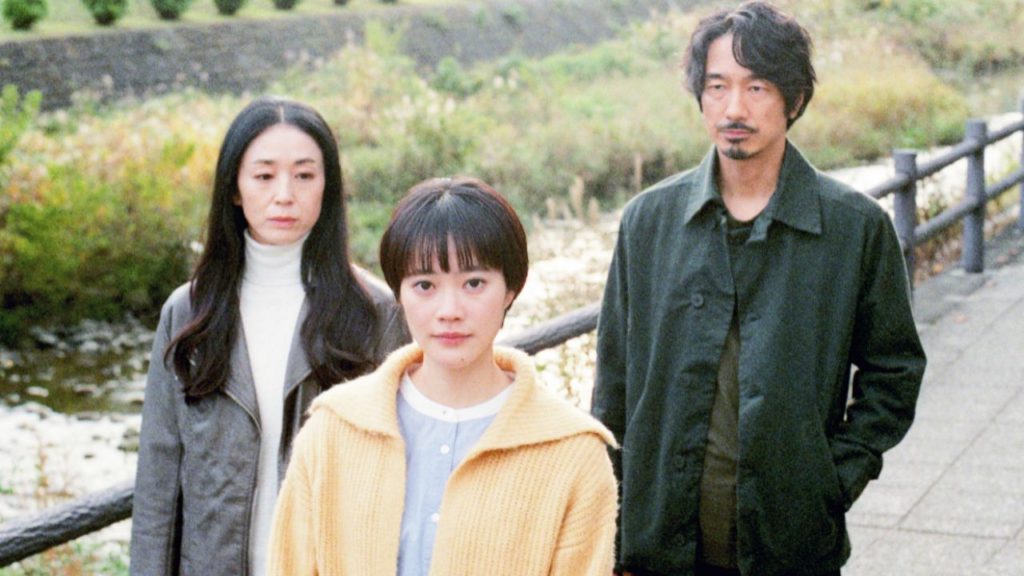
UA: One of my biggest frustrations with movies that prioritize atmosphere is that they sometimes don’t have a narrative sense. You manage to strike that balance, because I always feel like I’m connecting with your characters. How do you strike that balance? Is that something you’re consciously thinking of?
KS: I deal with my characters the same way I deal with real people. I don’t assume that I understand them. So I’m always wondering why they say what they say or why he or she has that facial expression. That’s how I build these stories. That’s how I write.
UA: Can you talk to me about the fascination you have with characters who often live in their memories? Why do you think those characters are interesting to you?
KS: I don’t quite understand my movie. I don’t know where it comes from. I don’t know why it is. Maybe I am just telling the story of somebody who loses a loved one and is forced to move on with life without them. And what if they realize that this remaining life of theirs is not necessarily that special.
I think it might also be because it’s similar to who I am. I’m thinking about why I’m doing this and one of the reasons is because of the person who inspired me to choose this part. There was a famous Japanese playwright, Koharu Kisaragi, whose class I was taking at university and one day, during recess, she just collapsed and died. The suddenness of that event was shocking. And I think that may have influenced me.
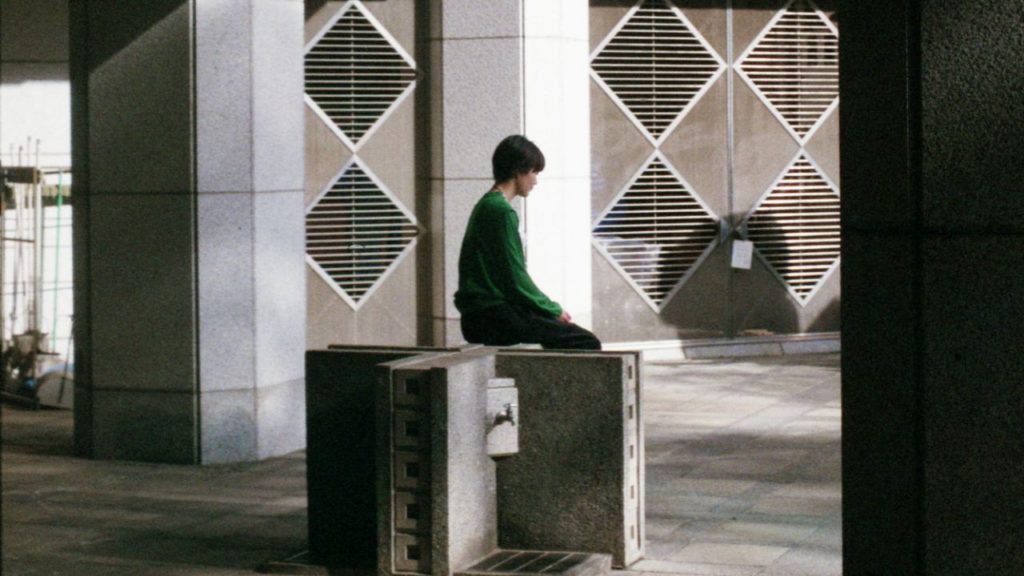
UA: I’ve always been curious about your style of filmmaking. Everything in your movies feels very deliberate and it feels like it was always supposed to be that way. Are you a rigid filmmaker? Do you have all of this plotted and storyboarded, or do you allow your actors freedom to play within a space?
KS: I tend to plan in quite a lot of detail. And I give my actors the dialogue right before. But we don’t practice. But once I say “start,” whatever happens next is real. So I don’t disturb it. Even if they say a line that is different from what I gave them, I don’t stop them. So as soon as it starts, the movie is happening, and even if it’s different from what I planned, I don’t stop it.
UA: And are you a director that does multiple takes, or do you like it to be as raw as possible?
KS: Some days I use just one take. Other days I do 30 takes. *laughs* I keep shooting until I feel that something real is happening.
UA: One of the core themes of your movie is the importance of small gestures and acts of kindness. Why was that something that you wanted to speak to?
KS: I think it’s because my life has been helped by those simple, small gestures.
You know, a lot of movies in this world end with a small gesture. It’s often a smile. Or a glance. Just a small moment that ends a movie. A few seconds of very small gestures. So I feel like I’m following that history.

UA: Your movie feels very Japanese…
KS: Very Japanese… *laughs*
UA: And I think that’s a great thing. Given it’s Japanese-ness, do you think that local audiences appreciate your movies as much as international audiences?
KS: Not just this movie, but even with my previous movies, Japanese audiences often say, “I don’t understand it.” But they come and watch it because it’s internationally acclaimed or when it wins a prize.
You know, Following the Sound went to Venice, and one of the selection members told me that it was a challenge for them to choose my film. They usually choose more “entertaining movies,” but we wanted to try something different.
But there are people who can really relate to my movie. They come up to me and tell me about how the movie helped them reflect on their own life. So I think it definitely speaks to something common that we all share.


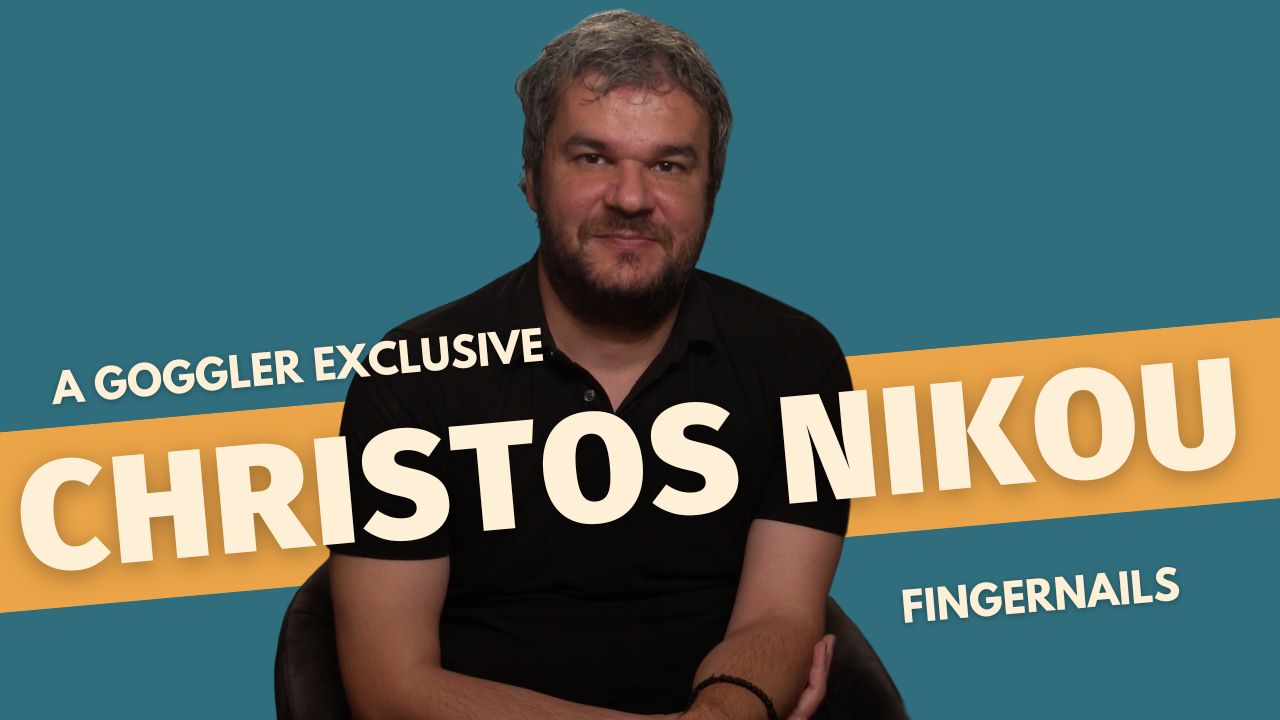


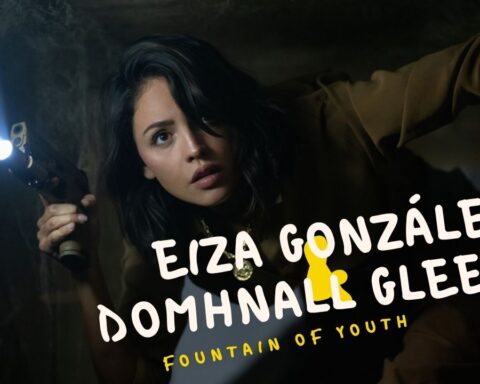
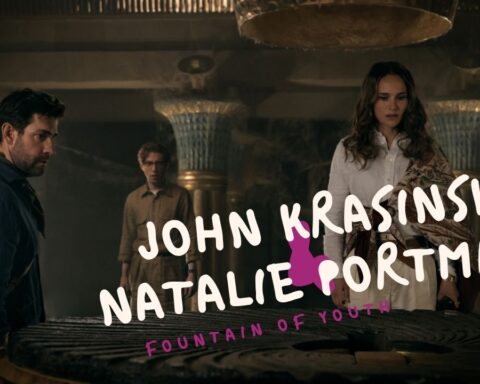
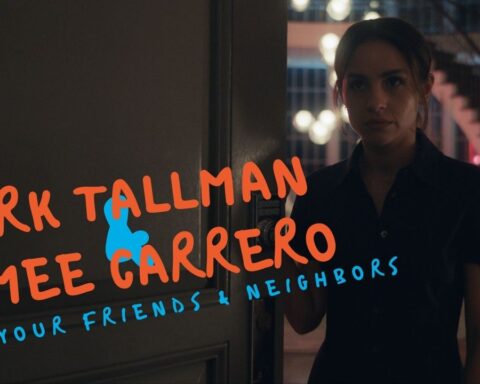
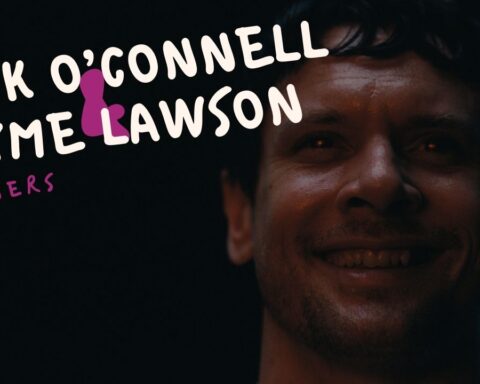
Follow Us